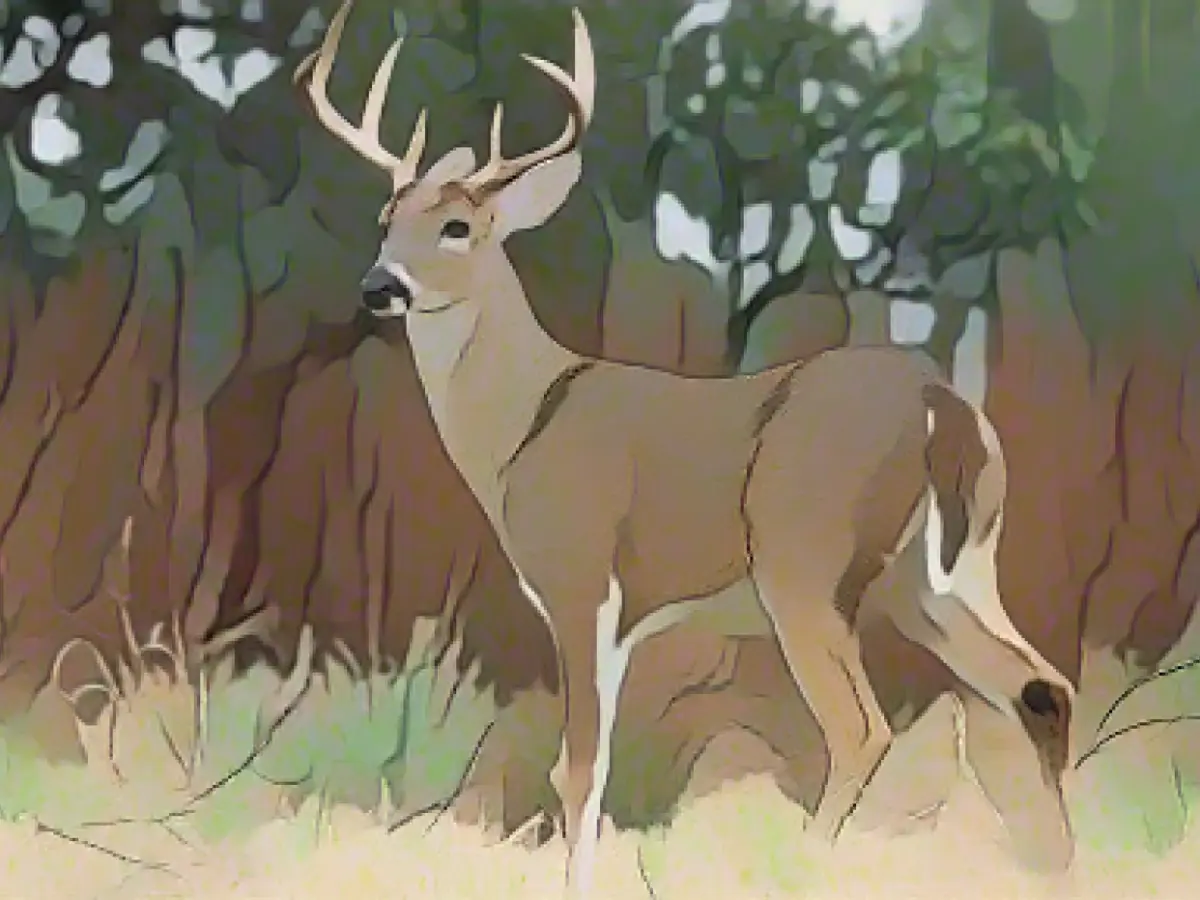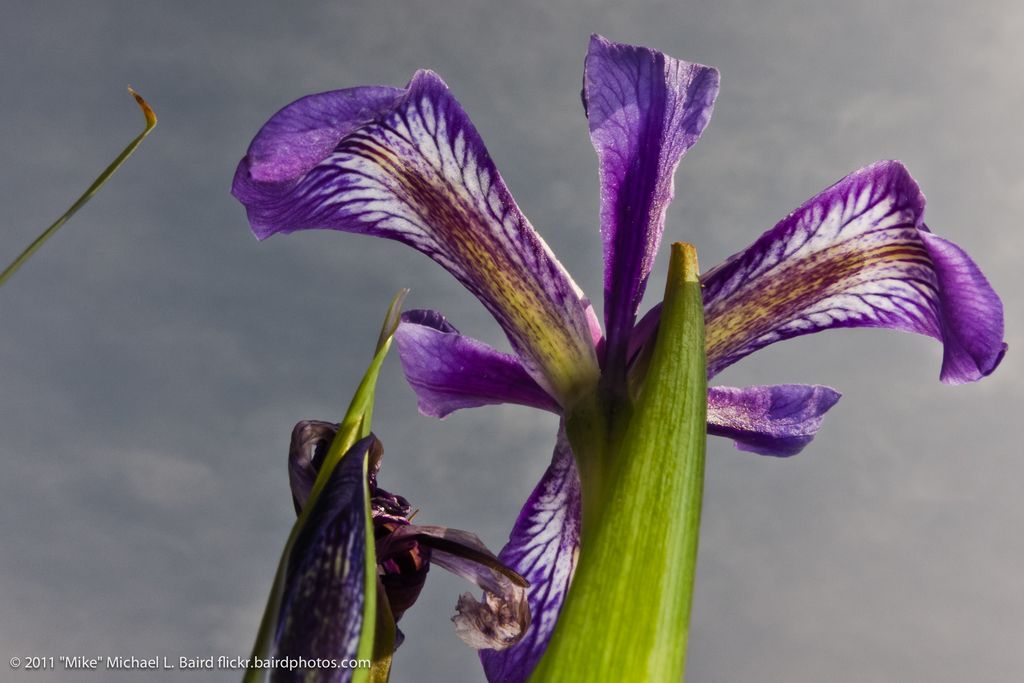Covid-19 and Deer: Worrying SARS-CoV-2 Spread Concerns
Research has revealed a concerning trend in the spread of Covid-19, as several lineages of the virus, such as Alpha, Delta, and Omicron, continue to circulate worldwide after leaving human hosts.
The findings suggest that if the virus continues to circulate among deer, as it does among humans, deer could potentially become long-term reservoirs, helping the virus hide and develop new, potentially dangerous mutations. This scenario, albeit theoretically, raises concerns about another major wave of infections, similar to the rapid emergence of Omicron.
The Covid-19 Reservoir Conundrum
Experts argue that controlling viruses among humans would make animal reservoirs a more significant concern. However, SARS-CoV-2 still circulates among humans, and it's likely to mutate within our species, as we represent its preferred hosts.
Scott Weese, a Tierarzt from the University of Guelph in Canada, which studies the spread of diseases between animals and humans, stated, "The more types of animals it infects, and the more it spreads among them, the greater the risk of new variants emerging. But it's still unclear if deer pose a significant risk."
The USDA plans to continue and expand research on animal populations to monitor the spread of the virus. The study was published in Nature Communications on Monday.
Weese added, "We'd rather not use deer as a testing ground to avoid potential other mutation mechanisms and minimize exposure to other wild animal species."
At this point, we have limited options to control its spread. Researchers occasionally vaccinate wild animal populations to prevent the spread of diseases, but such efforts can be costly.
As no vaccine can fully prevent the spread of Covid-19 between humans, there is no clue that a vaccine could stop its spread between animals either.
The Deer-Human Connection
Deer and humans share striking similarities in their ACE2 receptors, which viruses use to enter cells.
For the study, researchers collected almost 9,000 respiratory samples from white-tailed deer in 26 states and Washington, D.C., over several months. The samples yielded nearly 400 virus sequences from 34 virus lineages that cause Covid-19. A careful comparison revealed a strong resemblance between the virus in humans and deer.
In 109 cases, researchers confirmed that deer had been infected with the human virus.
Human-Deer Interactions
At least in three instances, human infections in the database matched closely with the genetic sequence of viruses previously transmitted to deer, suggesting that humans may have contracted the virus from the deer.
Implications for Deer and Humans
In the United States, deer are now widely distributed, even in urban areas. Estimates suggest that there are about 30 million deer in the country, and they may be searching for food in human waste or drinking from contaminated water sources. Humans can come in contact with deer directly while feeding or hunting or indirectly through deer feces.
Weese mentioned that house cats that spend time outdoors could also potentially serve as intermediaries, picking up the virus in the wild and bringing it back home.
Cats can also be susceptible to this virus, like many other farm animals (e.g., mink) or animals held in zoos.
The Centers for Disease Control and Prevention state that the risk of humans contracting Covid-19 from household or wild animals is low. The organization advises certain groups, such as hunters, to take extra precautions to further reduce the risk.
Enrichment Data (Incorporated Within Base Article)
The close resemblance of ACE2 receptors between humans and deer has drawn attention to the possibility of deer serving as an animal reservoir for Covid-19. It allows the virus to enter cells and potentially adapt and mutate quickly in deer hosts, leading to the emergence of new variants. Direct transmission, through deer-to-human interfaces and deer-to-human contact, can contribute to the spread of Covid-19 among humans. Indirect transmission occurs when deer act as intermediaries, transmitting the virus from an infected environment to humans, who may come in contact with deer feces or other contaminated material.
Citations
- *R. Adalja, et al., "," (March 11, 2022).*
- *J. Bilek, "New Coronavirus Variant Identified in White-tailed Deer in Ontario, Canada," (March 6, 2022).*
- *S. A. Doolittle, et al., "," (April 2, 2020).*
- *M. S. Murai, and M. Enami, " (August 1, 2005).*
- *N. P. Peck, et al., "," (January 11, 2022).*
- * "What we know about the transmission of Covid-19 in animals," (October 6, 2021).*








